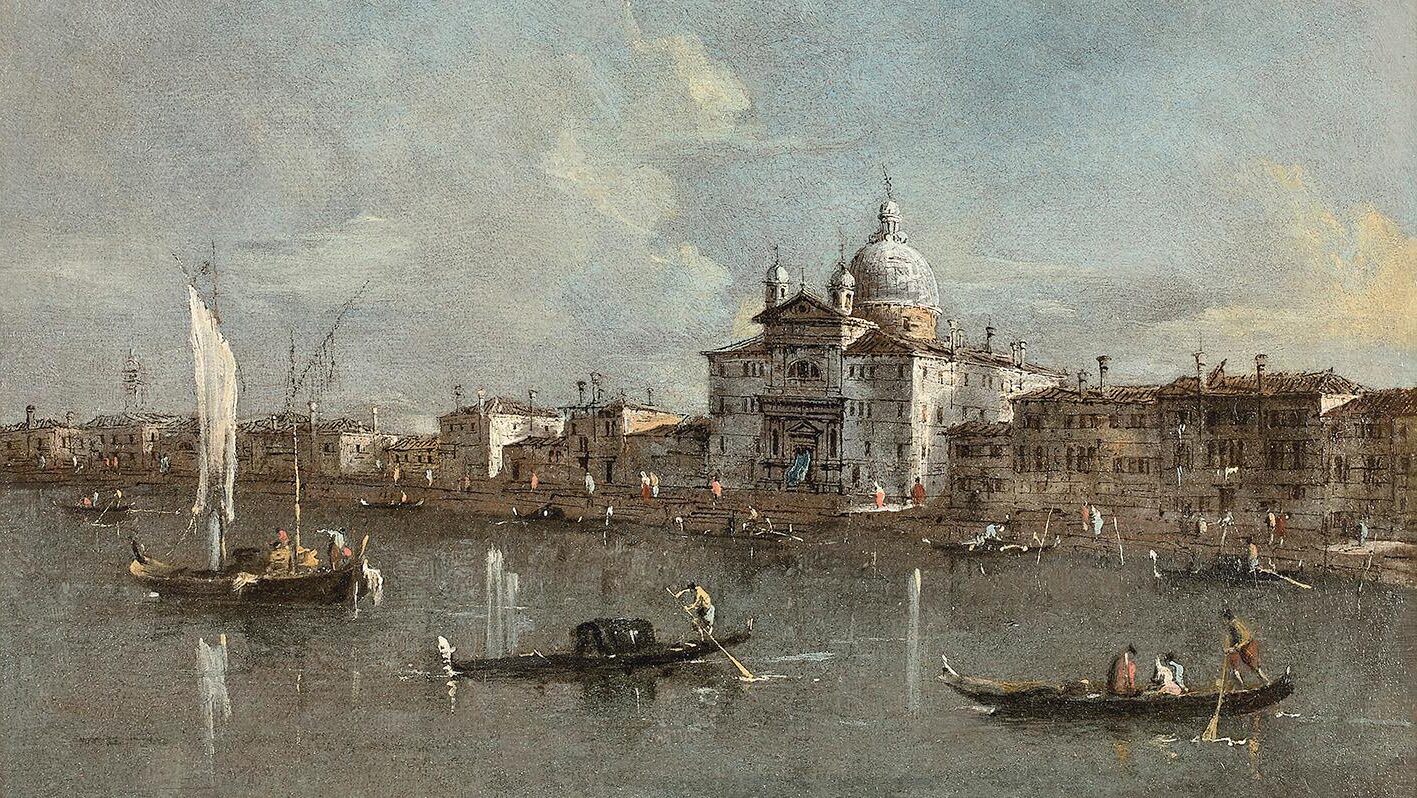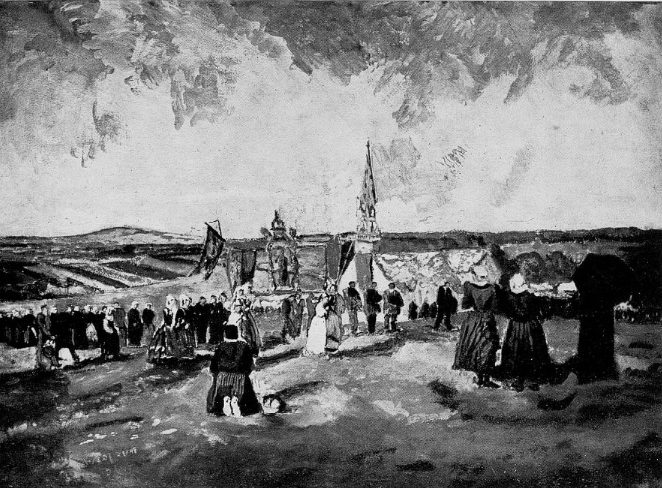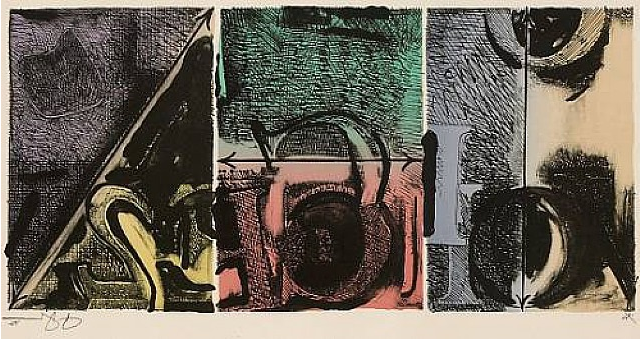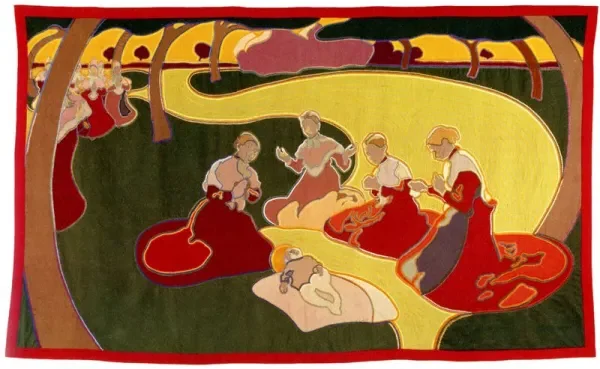Francesco Guardi Painter: Venetian Master of Vedute Art in the 18th Century
Born: 5 October 1712, Venice, Republic of Venice (now Italy)
Death: 1 January 1793, Venice, Republic of Venice
Mouvement artistique : Baroque
Nationalité : Italien
Influenced By: Canaletto and Luca Carlevarijs
Francesco Guardi Painter: Venetian Master of Vedute Art in the 18th Century
Life and Career of Francesco Guardi
Francesco Lazzaro Guardi (1712-1793) devoted his entire life to painting in and around Venice. Born into a family of artists, his career evolved from figure painting to the vedute (view paintings) and capricci for which he is now celebrated.
Early Years and Artistic Lineage
Francesco Guardi was born in Venice in 1712 into a distinguished family of painters. His father Domenico Guardi established the family workshop, creating a strong artistic foundation for Francesco and his siblings.

View on the Cannaregio Canal, Venice (c. 1775–1780)
After his father’s death, Francesco worked in the family studio alongside his older brother Antonio. During these early years, he primarily focused on figure painting, creating religious works for local churches and patrons.
The family workshop operated as a collaborative enterprise, making it difficult for art historians to distinguish individual contributions. This early training shaped Francesco’s technical skills, though his most style distinctif would emerge later in his career.
Major Influences and Contemporaries
Canaletto, the preeminent Venetian view painter, significantly influenced Guardi’s artistic development. While Canaletto favored precise topographical accuracy, Guardi would eventually develop a more atmospheric approach.
Other notable contemporaries included Michele Marieschi, whose dramatic compositional techniques likely inspired aspects of Guardi’s work. These Venetian painters collectively responded to the strong market for vedute among wealthy tourists and local patrons.
After his brother Antonio’s death in 1761, Francesco shifted his focus more decisively toward landscape and cityscape painting. This period marked a crucial transition in his career, as he began developing the distinctive style that would secure his reputation.
Évolution du style et de la technique
Guardi’s early view paintings followed Canaletto’s precise approach, but he gradually developed a more distinctive style characterized by atmospheric effects and shimmering light. His brushwork became increasingly free and expressive over time.
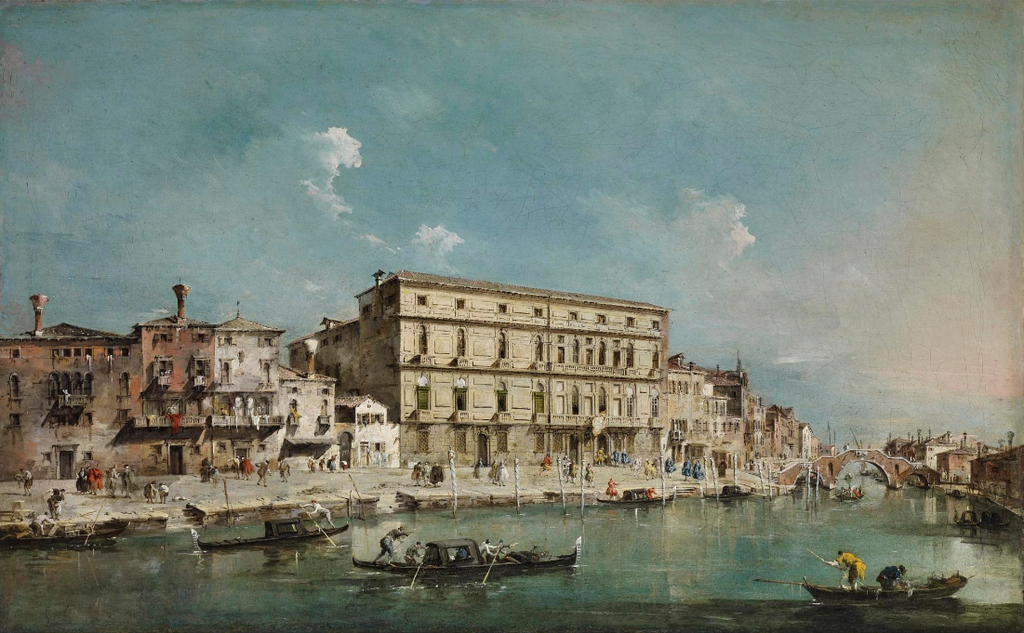
View of the Cannaregio Canal (c. 1770) by Francesco Guardi
Unlike the topographical precision of his contemporaries, Guardi emphasized mood and impression. He used quick, flickering brushstrokes to capture the play of light on water and buildings, creating a sense of movement and vitality.
His later works show remarkable technical freedom, with loosely painted figures and buildings that suggest rather than delineate form. This evolution reflects broader artistic shifts toward the Rococo aesthetic, with its emphasis on lightness and visual pleasure.
Signature Artistic Themes and Techniques
Francesco Guardi developed distinctive artistic approaches that set him apart from his contemporaries. His work is recognized for its atmospheric qualities and technical innovations that captured Venice’s unique character during the 18th century.
Guardi’s Application of Colour and Light
Guardi mastered a delicate approach to color and light that created luminous, atmospheric scenes. He applied thin, almost transparent layers of paint using feathery brushstrokes to capture the shimmering quality of Venetian light reflecting off water.

Fire in the Oil Depot in San Marcuola (1789) by Francesco Guardi
Unlike the precise technique of Canaletto, Guardi favored pale tones and a more impressionistic style. His color palette often included silvery blues, soft grays, and gentle ochres that evoked the misty, ethereal quality of the lagoon city.
This technique created elusive, nostalgic atmospheres in his paintings, subtly reflecting the melancholy of Venice‘s gradual decline. Art historians note how his distinctive brushwork anticipated aspects of 19th-century Impressionism nearly a century before that movement began.
The Genre of View Painting and Capricci
Guardi excelled in two popular 18th-century genres: view painting (vedute) and architectural capricci. His vedute depicted realistic Venetian scenes that wealthy travelers purchased as souvenirs.
In contrast, his capricci combined real and imaginary architectural elements into fantasy landscapes. These works allowed Guardi greater artistic freedom to showcase his creative vision and technical skills.
Unlike the photographic precision of some contemporaries, Guardi’s view paintings captured the mood and feeling of Venice. His capricci demonstrated remarkable imagination, combining classical ruins, Venetian buildings, and invented structures in dreamlike compositions.
These architectural fantasies were highly valued during the Rococo period for their decorative qualities and poetic sensibility.
Depictions of Venetian Landmarks
Guardi repeatedly painted Venice’s iconic structures with a distinctive interpretive style. His renderings of landmarks like Santa Maria della Salute and San Giorgio Maggiore emphasized atmosphere over architectural accuracy.

Lagoon Looking Towards Murano from the Fondamenta Nuova (1765–1770)
The church of Santa Maria della Salute frequently appeared in his work, its distinctive domed silhouette captured against moody skies. Guardi portrayed San Giorgio Maggiore island with its Palladian church as a floating vision across the lagoon.
These landmarks were often depicted during Venetian festivities and ceremonies, adding historical and cultural context to his scenes. Guardi’s treatment of these buildings evolved over time, becoming increasingly loose and expressive in his later years.
His interpretations of these familiar sites revealed Venice not just as a physical place but as an emotional experience, cementing his reputation as one of the outstanding Venetian landscape painters of the Rococo period.
Réception critique et héritage
Francesco Guardi’s artistic contributions were not widely appreciated during his lifetime. His unique style and vision only gained recognition in the decades and centuries following his death, establishing him as one of Venice’s most important landscape painters.
Guardi’s Impact on Venetian Painting
Francesco Guardi significantly transformed Venetian view painting with his distinctive approach. Unlike his predecessors who focused on architectural precision, Guardi developed a more atmospheric, expressive style. His loose brushwork and vibrant palette captured Venice’s shimmering light in scenes of the Grand Canal and Piazza San Marco.

Regatta in Venice (1770) by Francesco Guardi
Art historians now recognize him as a pivotal figure in the transition from Rococo to Romanticism. His trembling brushstrokes and emotional interpretation of Venice’s landmarks like the Rialto Bridge set him apart from contemporaries.
Guardi’s work influenced later generations of artists who were drawn to his ability to evoke mood rather than merely document locations. His oil on canvas pieces demonstrated that landscape painting could be both documentary and deeply expressive.
Préservation et exposition dans les musées
Guardi’s works are now treasured in grands musées worldwide. The National Gallery of Art in Washington holds several important pieces that showcase his evolving style and technical skill.
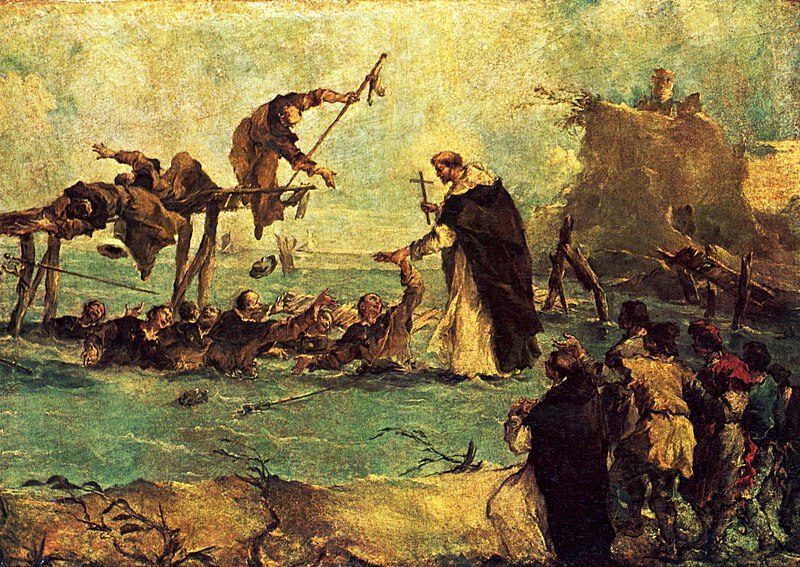
Miracle of a Dominican Saint (1763) by Francesco Guardi
European institutions like the Louvre and the National Gallery in London prominently display his views of the Molo and other Venetian scenes. These carefully preserved oil paintings allow modern audiences to appreciate his unique vision.
Museum curators highlight how Guardi’s works differ from those of his brother, Giovanni Antonio Guardi, emphasizing Francesco’s distinctive atmospheric quality. Conservation efforts have been crucial in maintaining the delicate color relationships and brushwork that define his art.
Special exhibitions in recent decades have further cemented Guardi’s reputation as one of the greatest Venetian view painters, bringing renewed attention to his artistic achievements.
Questions fréquemment posées
Francesco Guardi’s héritage artistique continues to fascinate art historians and collectors. His unique approach to Venetian vedute painting and his personal style set him apart from contemporaries during the 18th century.
What are the distinctive characteristics of Francesco Guardi’s artwork?
Guardi’s artwork is known for its atmospheric quality and loose brushwork. He favored a sketchy, vibrant technique that captured light and movement rather than precise architectural details.
His paintings often feature small, animated figures that give life to his scenes. These figures appear as quick dabs of paint, creating a sense of bustling activity.
Unlike his contemporaries, Guardi emphasized mood over topographical accuracy. His later works show a romantic sensibility with dramatic skies and shimmering water effects that anticipate 19th-century developments in landscape painting.
How did Francesco Guardi’s style evolve over the course of his career?
Guardi began his career working on figurative paintings in his family’s workshop. His early works were more precise and formal, reflecting traditional Venetian painting techniques.
As he matured, his style became increasingly fluid and expressive. By the 1760s, he had developed his signature loose brushwork and atmospheric effects that captured Venice’s unique light and water.
His late period works show even greater freedom of execution. Colors became more silvery, compositions more poetic, and his perspective sometimes deliberately distorted to enhance emotional impact.
What influence did Venice have on the works of Francesco Guardi?
Venice’s unique geography and light profoundly shaped Guardi’s artistic vision. The city’s lagoon setting created atmospheric conditions that Guardi masterfully captured in his paintings.
The declining political and economic power of Venice during Guardi’s lifetime may have influenced his somewhat melancholic rendering of the city. His works often convey a sense of fragile beauty rather than imperial grandeur.
Venetian festivals, daily life, and architectural landmarks became Guardi’s primary subjects. He documented both famous monuments and obscure corners of the city with equal sensitivity.
In what ways did Francesco Guardi differ from his contemporary Canaletto?
While Canaletto excelled in precise topographical views with architectural accuracy, Guardi focused on atmosphere and emotion. Canaletto’s paintings served as almost photographic records, while Guardi’s works were more interpretive.
Guardi’s brushwork was looser and more spontaneous than Canaletto’s controlled technique. This difference reflects their artistic temperaments and target audiences.
Canaletto enjoyed greater commercial success during his lifetime, particularly with foreign tourists. Guardi’s more poetic approach found appreciation mainly after his death when Romantic sensibilities emerged.
Which museums hold the most significant collections of Francesco Guardi’s paintings?
The Accademia Gallery in Venice houses several important Guardi works in their natural context. These paintings show his intimate connection with his native city.
The Metropolitan Museum of Art in New York maintains an impressive collection of Guardi’s vedute paintings. Their examples demonstrate his range from grand ceremonial scenes to quiet canal views.
Other significant collections can be found at the Louvre in Paris, the National Gallery in London, and the Kunsthistorisches Museum in Vienna. Each collection showcases different aspects of Guardi’s artistic development.
How do experts authenticate a painting as a genuine work by Francesco Guardi?
Authentication begins with provenance research—tracing the ownership history of a painting. Documented chains of ownership strengthen attribution claims significantly.
Technical analysis plays a crucial role, including pigment testing and canvas examination. Scientific methods can identify Guardi’s specific materials and techniques.
Stylistic evaluation remains essential, as Guardi’s brushwork has distinctive characteristics. Experts look for his typical handling of architectural details, his approach to depicting water, and his characteristic figural style.

